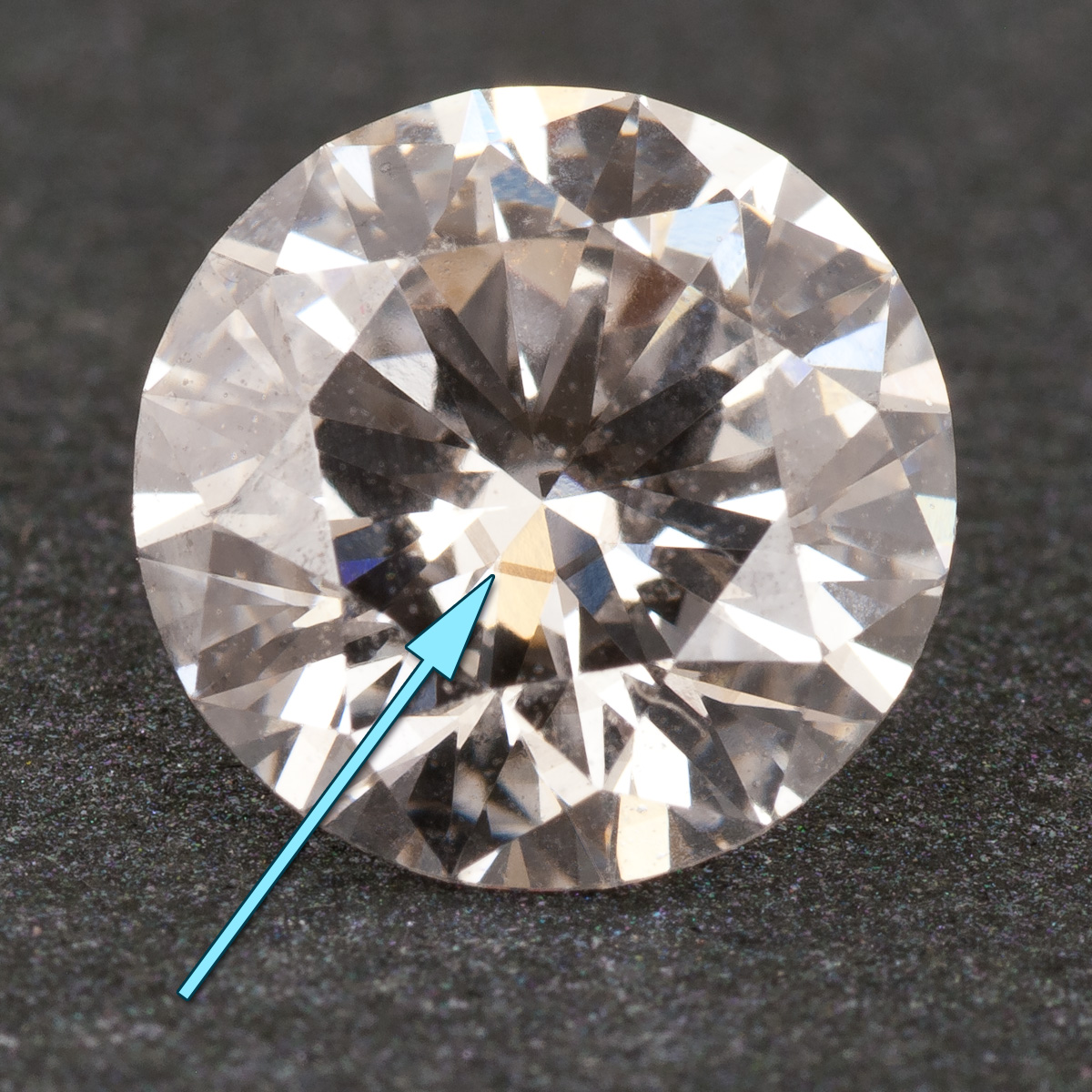What is the Difference Between Natural and Synthetic Diamonds?
There is constant confusion between consumers when buying if what they are purchasing is completely authentic, relatively similar, or not even close. We will start by defining the main differences between synthetic and natural diamonds. Real or natural diamonds are mined from the earth and formed by nature; they have a hardness of 10 as measured by the Mohs hardness scale. Synthetic diamonds are still in fact real diamonds apart from being made by man in a laboratory, these are surprisingly going to have better clarity and colour than real diamonds.
Natural diamonds
Natural diamonds have been found in approximately 35 different countries around the world with South Africa, Botswana and Russia being leading gem-quality producers whereas Australia is the major industrial producer. Areas that have the possibility of diamonds in them are rock formations called kimberlite, a blue type of rock that is found in pipes leading from ancient volcanos.

Diamonds can come in different colours besides clear as well. Colours in stones also have 2 other causes such as irradiation caused by alpha particles which results in the colour of green, additionally there is the plastic deformation of the CVD diamond crystal lattice which results in pink and red forming. In terms of how rare different types of coloured diamonds are yellow diamond is considered the rarest followed by brown, colourless, blue, green, black, pink, orange, purple and red.
Modern-day cuts tend to lean towards the round brilliant where the facet arrangements and proportions have been made to look the most impressive although there are other cuts such as point cut, table cut, old single cut, Mazarin cut, Peruzzi cut and old European cut.
Synthetic diamonds
Synthetic diamonds are gems that are made through the use of technological methods like temperature, pressure and chemicals, the synthetic gem industry recently gained a relatively large boost when the gemological institute of America, which invented colour, cut, clarity and carat diamond codes 50 years ago started grading the quality of lab-grown diamonds.
It takes on average 4 days to grow a diamond to 2.5 carats using a large oven and placing a microscopical diamond grain inside it along with thousands of pounds of pressure with temperatures as high as 2700 degrees to start producing the diamond.
Both diamonds mined out of the ground and synthetic stones are chemically identical, so consumers shouldn't see a difference, even under a microscope it can be incredibly hard to tell if it's natural or synthetic. Synthetic diamond is being polished and set cost a staggering 15% less than natural forms to purchase. Lab-created diamond does fill a certain niche, people after cheaper alternatives to real diamonds as well as coloured variations even though experts predict they will never replace real natural diamonds.
Overall it is up to the consumer how much they are willing to spend and what sort of quality they would like in their diamond. Whichever CZ diamond or piece of jewellery you choose it is important to do your research and ask questions about what you are buying, although most suppliers are truthful in what they are selling only true experts will be able to tell what is real and what is fake.
Comments
Post a Comment